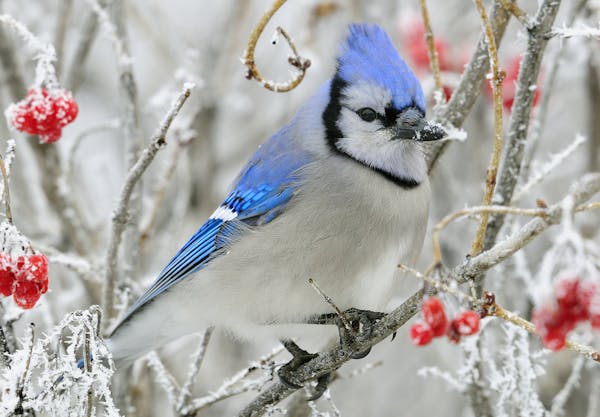As the sun sets on another South Dakota pheasant-hunting season (it runs through Sunday), state wildlife officials are reporting a 5 percent decrease in license sales for both resident and nonresident upland hunters.
The shortfall means as much as a $500,000 drop in revenue for the South Dakota Game, Fish and Parks Department, which could potentially affect state habitat programs for the iconic game bird sought by bird hunters from all over the world.
"Our agency doesn't receive any state general fund dollars, so any downturn in license sales obviously plays into decisionmaking moving forward," said Tom Kirschenmann, GF&P wildlife division deputy director, adding an increase in state deer license sales may offset the lost revenue. "This doesn't mean we're going to do less with pheasant management."
Pheasant hunting is big business in South Dakota. Last year, 85,000 nonresident hunters spent an estimated $140 million in the state, and 65,000 residents added another $30 million. In August, GF&P reported a 20 percent decrease in the statewide pheasant population compared to 2015, which wildlife officials believe caused this year's downturn in hunters.
"It's certainly a contributing factor," Kirschenmann said. "However, the No. 1 concern for us is changes to our landscape in habitat. Weather and other factors can change the pheasant population from year to year, but ongoing habitat loss is our long-term concern."
Wildlife officials say staggering habitat losses have put at risk South Dakota's future as the nation's premiere pheasant-hunting state, where hunters, including roughly 20,000 Minnesotans, harvested 1.2 million ringnecks last year. That figure is easily the nation's highest. According to GF&P, the state lost 1.8 million grassland acres between 2006 and 2012, a sizable chunk of which came from the federal Conservation Reserve Program (CRP), which pays landowners to idle marginal cropland and plant grass.
South Dakota has roughly 970,000 CRP acres, down from its historic high of about 1.5 million. According to GF&P, CRP acreage is expected to decrease to roughly 800,000 by the time the federal Farm Bill expires in 2018.
"We have some serious, serious challenges on the landscape that need to be addressed in South Dakota and elsewhere in the next Farm Bill," said Dave Nomsen, the Pheasants Forever vice president of government affairs.
Nomsen expects congressional hearings to begin in March or April for the next Farm Bill, and that PF is going to push for a strong conservation title and "a strengthened CRP program."
"We'd like to see the national allotment for CRP to increase to 35 million acres or more from the current 24 million acres," Nomsen said. "The farm economy has taken a hit from when corn was $7 a bushel, and there's certainly demand from farmers in South Dakota for a more stable revenue source that CRP can provide."
Olympic sports bodies criticize track and field's move to pay $50,000 for Paris gold medalists
Soldiers who lost limbs in Gaza fighting are finding healing on Israel's amputee soccer team
State parks reservation system goes through another round of changes

